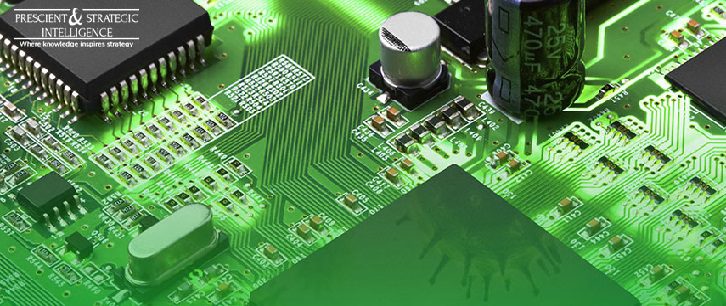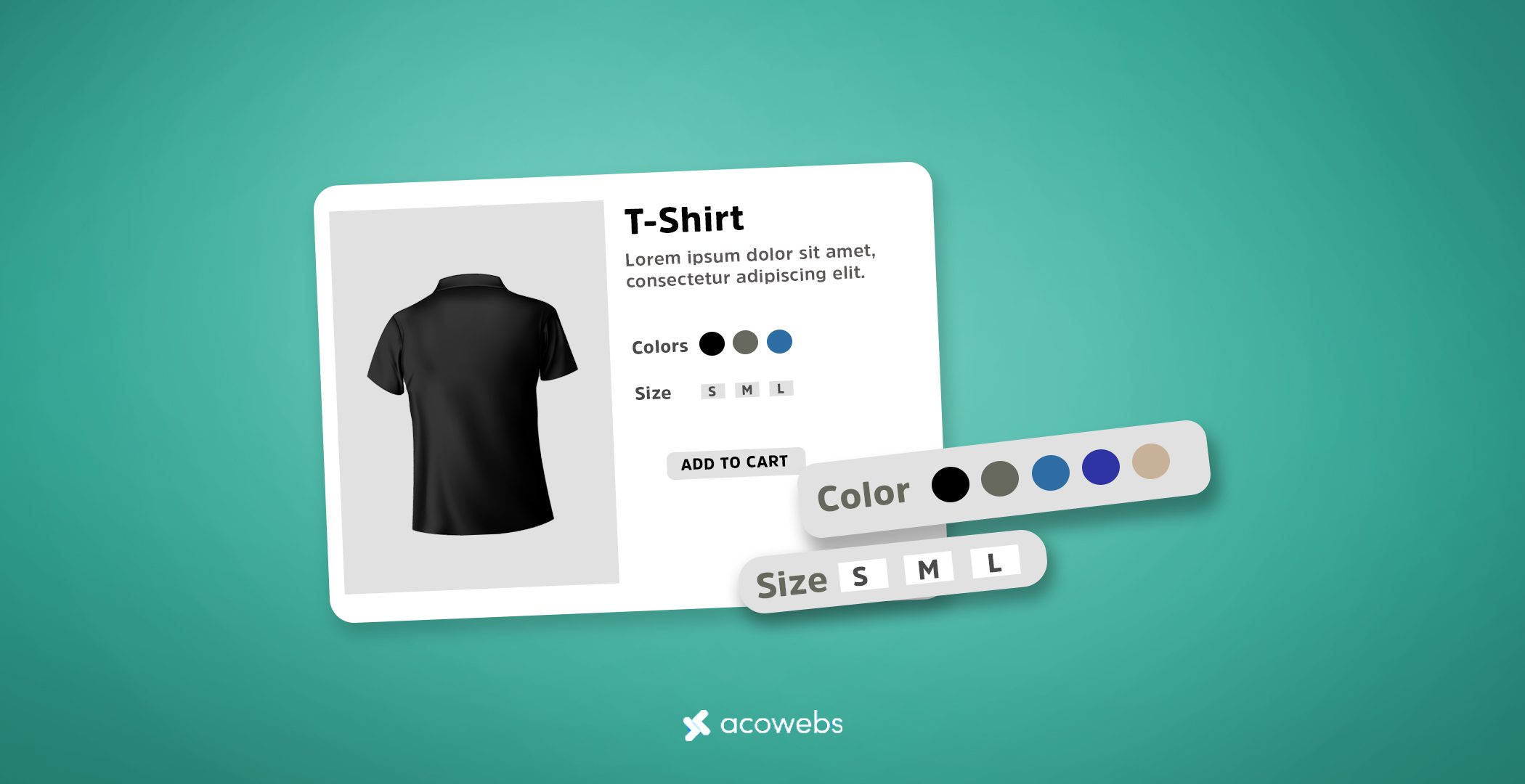High Consumption of Capacitors Fuels the Electroceramics Demand

Electroceramics Market Overview
Electroceramics are defined as advanced ceramic materials that are utilized in a range of optical, electrical, and magnetic applications due to their high electrical resistivity. Moreover, they have a high prominence in batteries, fuel cells, and sensor technologies. To know more about electroceramics, scroll and read.
Dielectric Materials:
Dielectric materials pose exceptional dielectric properties, and they are also known as an insulator. The dielectric constant or permittivity of materials reflects the change in the storage of charge. Constant dielectric is utilized for high-capacity applications. The polarization of materials determines the dielectric constant; therefore, ferromagnetic materials are highly preferred. The electro ceramics with low dielectric constants are utilized as substrates in integrated circuits, while those poses as high dielectric constants are utilized in capacitors.
Piezoelectric Ceramics:
Piezoelectric ceramics are widely used for healthcare applications such as echography, intravascular investigations, and endoscopy. These ceramics generate an acoustic wave of 1–40 MHz ranges into bodies. Moreover, ultrasound imaging is also facilitated by piezoelectric micro-machined ultrasonic transducers. Piezoelectric ceramics are not limited to healthcare. They also generate a voltage that corresponds to applied mechanical stress and serves as gas ignition, sensors, and energy harvesters.
Electroceramics with magnetic properties suit for transformer cores application. While those with piezoelectricity are used for transducers applications for microphones and others. Several electroceramics show optical phenomena such as lasing and luminescence, that are usually exploited in lasers and fluorescent lighting.
Conductive Ceramics:
Mostly structural ceramics are preferred for industrial usage. Due to their high resistivity toward the electric charge, and hence they are utilized as insulators. But several electroceramics are preferred for the exact opposite reason, yes for transferring the charge. Semiconductors ceramics such as III-V materials and silicon can possess negative or positive charges. The electrical conductivity of these materials relies on oxidation-reduction reactions with the surrounding.
Similarly, ionic conduction is generated by the ion’s movement through the solid material, caused by vacancies in the crystal lattice. It involves high energy generated by the temperature-based strong ionic conduction. In addition, ionic conductors are crucial for fuel cells, and batteries. Moreover, the materials that can exhibit both electrons, as well as ionic conductivity, are known as mixed conductors, most commonly used as solid oxide fuel electrodes.
Applications of Electroceramics
Capacitor:
Almost all technological advancements from history to till date, such as the moon landing to iPhone development would have not been possible without the capacitor. The dielectric material in the capacitor plays a prominent role in the separation of positive and negative charges from one another.
Data Storage Devices:
There is ongoing materials development for data storage applications such as high dielectric constant capacitors, ferroelectric memories, energy storage, and conversion equipment, actuators, transducers, environmental monitoring, and energy harvesting devices. Such technologies require ferroelectrics, multiferroics, magnetoelectric, solid electrolytes, ferrites, semi-conducting oxides, and mixed iconic-electronic conductors. These are developed with ceramic materials.
Optoelectronic Devices:
The transparent zirconium-titanium-lead-lanthanum ceramic is utilized in various optoelectronic devices such as optical memory devices, optical filters, voltage meters, and shutters.
Thus, the massive generation of data led by digitization, with the increased requirement to store data leads to increase demand for electroceramics.



